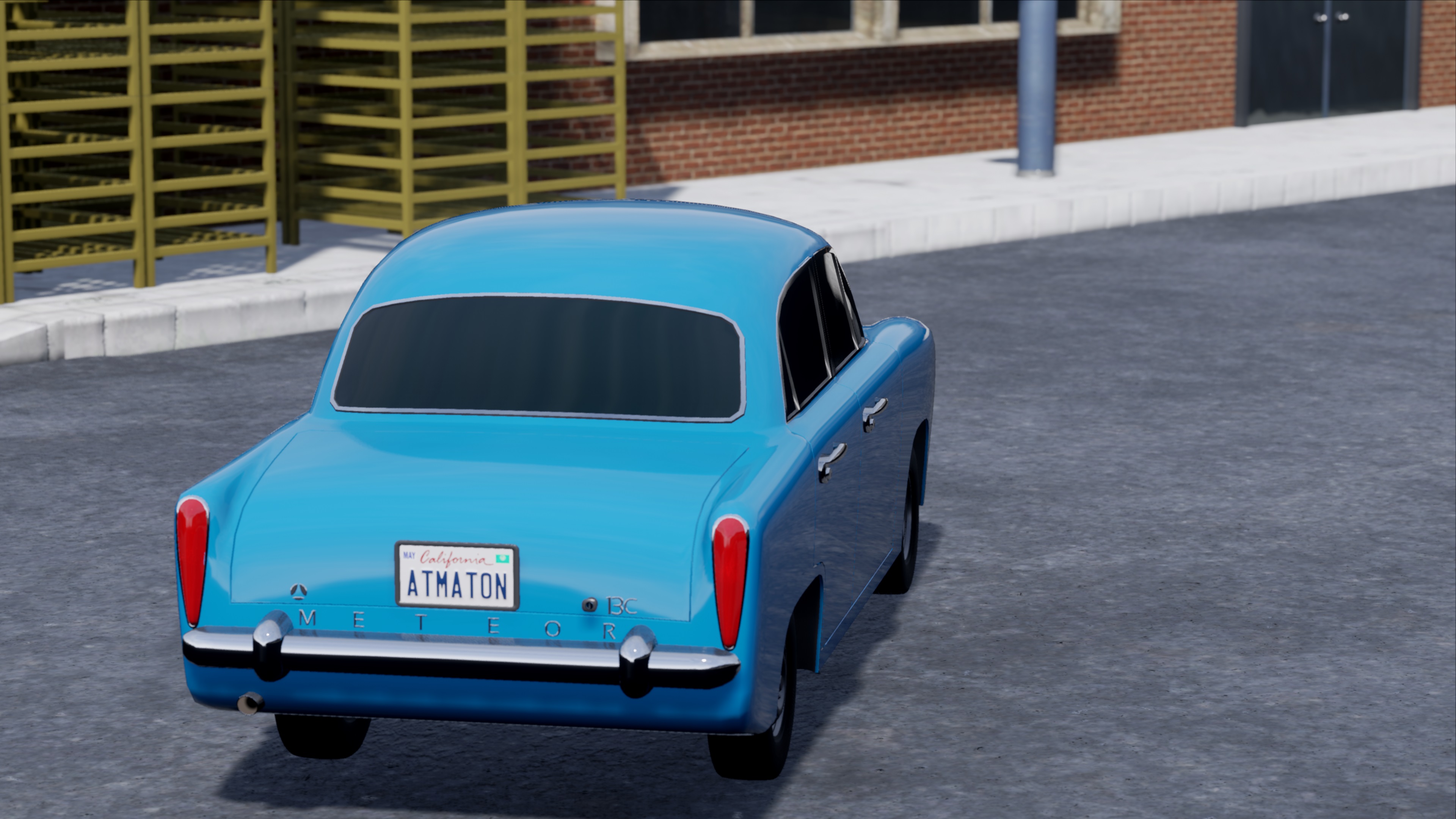IMC was founded in 1944, when they were both forced to cooperate for a production of millitary vehicles in the war. As they were both too small (S&H an exclusive luxury car maker and Weller just founded a business for jeeps as he thought one could make profit with those) they agreed in founding IMC as “basement” for the further existance of both brands.
Smith&Hughes was founded in 1922 by Sir Graham Smith and Dr. Reginald Hughes in Northwest Hetvesia and produced a few expensive V12 roadsters - something no longer desired.
Weller had its origins in 1941, founded by the young Dave Weller in Gasmea, a college student that won a lot of money at a casino game and invested it in a run-down engine factory.
The roles in the partnership were clear: S&H builds luxurious, but not exaggerated cars, and Weller continues with the millitary vehicles.
The Weller General Purpose was another variation of the “Jeep” by the Gasmean Army. The Weller was known for being thrifty and still rather easy to handle. The 1946 model was directly related from the war variant.
Three meter long, two solid axles with leaf springs, a 4x4 drivetrain with a three-speed manual and a 2,2 liter inline four engine with simple but reliable OHV valvetrain - this resulted in a weight of only 782 kg, being able to load more than half a ton.
62 horsepower were good enough for 18,4 seconds to 100 kph, and 117 top speed were more than needed for the purpose. 17 liter consumption maybe sound like it was not very thrifty, but for that kind of vehicle it was really low. With $ 8730 required by the dealer, it was one of the cheaper “jeeps”. Sold in Gasmea and Hetvesia by both companies, it sold in huge amounts despite being (and surely also looking!) as simple as possible.
Smith&Hughes unveiled a sedan for 1946, not really a very innovative one but with decent power and build quality. Two solid axles on coil springs guaranteered the landlord an unharmed ride over his land possesions, and the 90 horsepower OHV 2600ccm inline six was bland enough not to cause daily trouble but already progressive enough to offer satisfactory power and economy. For $ 12.900 the car featured nice materials, good workmanship and even a radio that wasn’t the cheapest one. 14,9 seconds to 100 kph were quite good even for a premium car, and 157 kph definitely in the upper league. It needed the same amount of fuel like the Weller with 17 liter regular.
The market success in Hetvesian home market was large, and Weller sold not few of them in Gasmea, as they were balanced, qualitative and fast for their price. One of the best postwar premium cars overall.
1950
A premium car must not look dated - for that reason, Smith & Hughes renovated the 260 and renamed it 260A.
Headlights that were not integrated in the body were a relic of the 40s, and so the headlights were now integrated in the grille - the S&H adapted to the now common “ponton” cars introduced in the late 40s. Under the hood, smaller improvements resulted in two horsepower more, now 62. 14,8 seconds acceleration and 159 kph were not really more, but a better combustion lowered the consumption to 16,7 liter. A better and more efficient manufacturing process with futher use of assembly lines allowed S&H to lower the price to $ 12.500, even increasing the success of the 260 model line.


















